Institut Luxembourgeois de Régulation
Type of resources
Available actions
Topics
Keywords
Contact for the resource
Provided by
Groups
Years
Formats
Representation types
Update frequencies
status
Scale
-

Ubiquitous access for citizens and companies to very high speed Internet is key for developing the national economy. Hence, the national strategy for very high-speed networks was elaborated in 2010 [http://www.gouvernement.lu/3938123/2010-strategie-ultrahaut-debit.pdf]. The general objective of the strategy is to position the Grand-Duchy of Luxembourg among the leading broadband countries and to enable citizens, companies and public players to reap the associated socio-economic benefits. The strategy is in line with Europe 2020, a strategy for smart, sustainable and inclusive growth, as well as the Digital Agenda for Europe (http://ec.europa.eu/digital-agenda). In the context of the Digital Agenda, the European Commission encourages broadband mapping exercises (http://www.broadbandmapping.eu/). The broadband mapping indicates the percentage of households that can get fix access to very high-speed Internet, independent of the technology (copper cable, coax cable, optical fibre). The map is based on data provided on a voluntary basis by certain network providers and on estimations based on such data. Speeds are advertised speeds and may vary from actual speeds. <a href='https://download.data.public.lu/resources/carte-de-la-couverture-internet-ultra-haut-debit/20180427-075634/couverture_DEC_2017.xlsx'>Link to the data</a> <a href='https://download.data.public.lu/resources/carte-de-la-couverture-internet-ultra-haut-debit/20180427-080207/2017_12_uhd_100MBit.pdf'>Link to the PDF map</a>
-

Ubiquitous access for citizens and companies to very high speed Internet is key for developing the national economy. Hence, the national strategy for very high-speed networks was elaborated in 2010 [http://www.gouvernement.lu/3938123/2010-strategie-ultrahaut-debit.pdf]. The general objective of the strategy is to position the Grand-Duchy of Luxembourg among the leading broadband countries and to enable citizens, companies and public players to reap the associated socio-economic benefits. The strategy is in line with Europe 2020, a strategy for smart, sustainable and inclusive growth, as well as the Digital Agenda for Europe (http://ec.europa.eu/digital-agenda). In the context of the Digital Agenda, the European Commission encourages broadband mapping exercises (http://www.broadbandmapping.eu/). The broadband mapping indicates the percentage of households that can get fix access to very high-speed Internet, independent of the technology (copper cable, coax cable, optical fibre). The map is based on data provided on a voluntary basis by certain network providers and on estimations based on such data. Speeds are advertised speeds and may vary from actual speeds. <a href='https://download.data.public.lu/resources/carte-de-la-couverture-internet-ultra-haut-debit/20180427-075634/couverture_DEC_2017.xlsx'>Link to the data</a> <a href='https://download.data.public.lu/resources/carte-de-la-couverture-internet-ultra-haut-debit/20180427-080236/2017_12_uhd_30MBit.pdf'>Link to the PDF map</a>
-
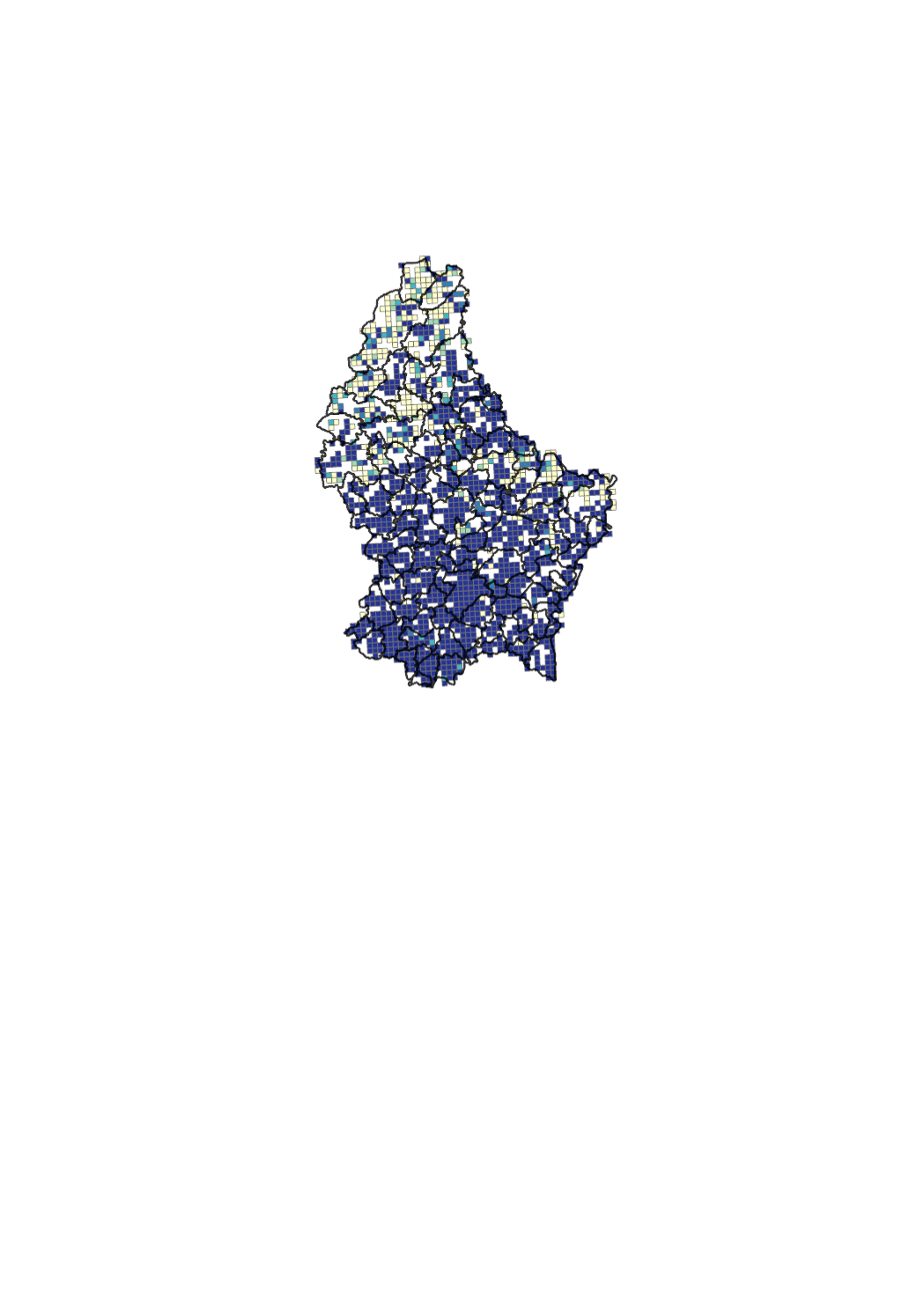
Ubiquitous access for citizens and companies to very high speed Internet is key for developing the national economy. Hence, the national strategy for very high-speed networks was elaborated in 2010 [http://www.gouvernement.lu/3938123/2010-strategie-ultrahaut-debit.pdf]. The general objective of the strategy is to position the Grand-Duchy of Luxembourg among the leading broadband countries and to enable citizens, companies and public players to reap the associated socio-economic benefits. The strategy is in line with Europe 2020, a strategy for smart, sustainable and inclusive growth, as well as the Digital Agenda for Europe (http://ec.europa.eu/digital-agenda). In the context of the Digital Agenda, the European Commission encourages broadband mapping exercises (http://www.broadbandmapping.eu/). The broadband mapping indicates the percentage of households that can get fix access to very high-speed Internet, independent of the technology (copper cable, coax cable, optical fibre). The map is based on data provided on a voluntary basis by certain network providers and on estimations based on such data. Speeds are advertised speeds and may vary from actual speeds. <a href='https://download.data.public.lu/resources/carte-de-la-couverture-internet-ultra-haut-debit/20180427-075634/couverture_DEC_2017.xlsx'>Link to the data</a> <a href='https://download.data.public.lu/resources/carte-de-la-couverture-internet-ultra-haut-debit/20180427-080035/2017_12_uhd_1Gbit.pdf'>Link to the PDF map</a>
-
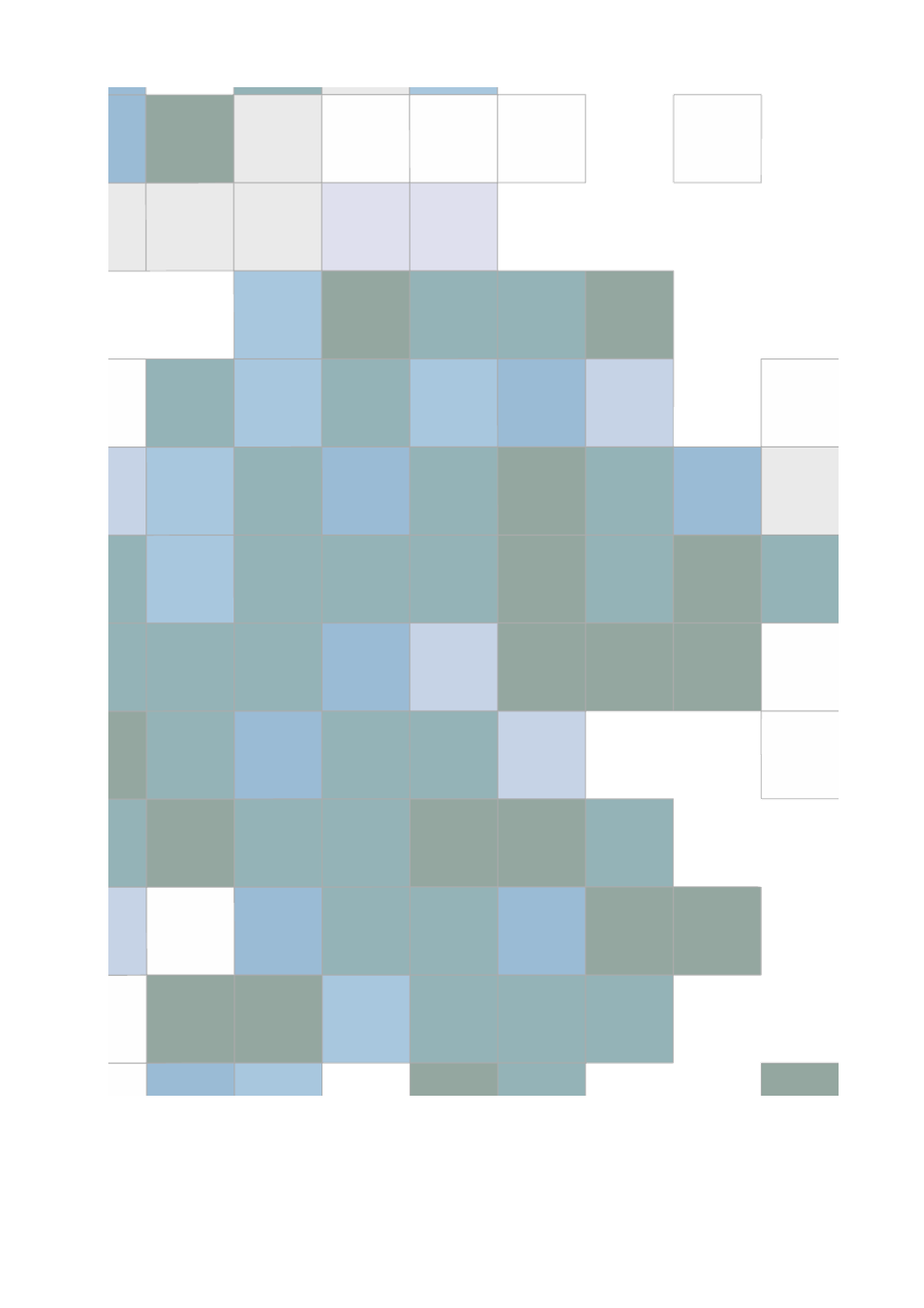
The ILR draws up coverage maps of cable networks DOCSIS (CATV) meeting the quality criteria of a Very High Capacity Network, i.e. a fixed network allowing a downstream speed of at least 1Gbps. Network coverage maps in Luxembourg are produced in accordance with Article 26 of the law of 17 December 2021 on electronic communications networks and services. For more information, please see here [link to ILR website RGDR section].
-
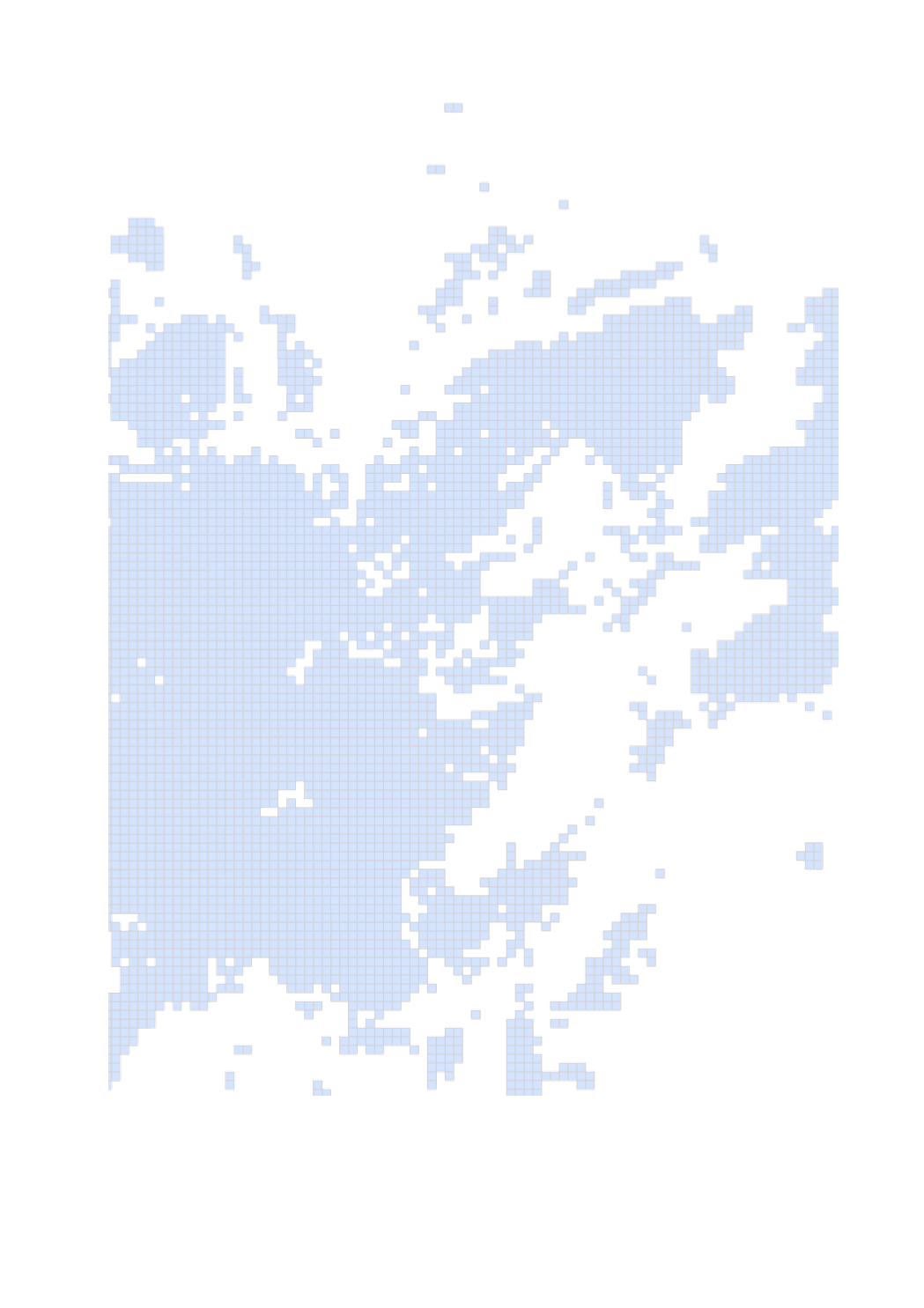
The ILR produces coverage maps of mobile networks for the different technologies from 2G to 5G. For the 5G technology of the mobile operator Orange Luxembourg S.A., the different coverage maps for the qualities of service "satisfactory", "very good" and "excellent" per 100mx100m grid are documented. Network coverage maps in Luxembourg are produced in accordance with Article 26 of the law of 17 December 2021 on electronic communications networks and services. For more information, please see here [link to ILR website RGDR section].
-
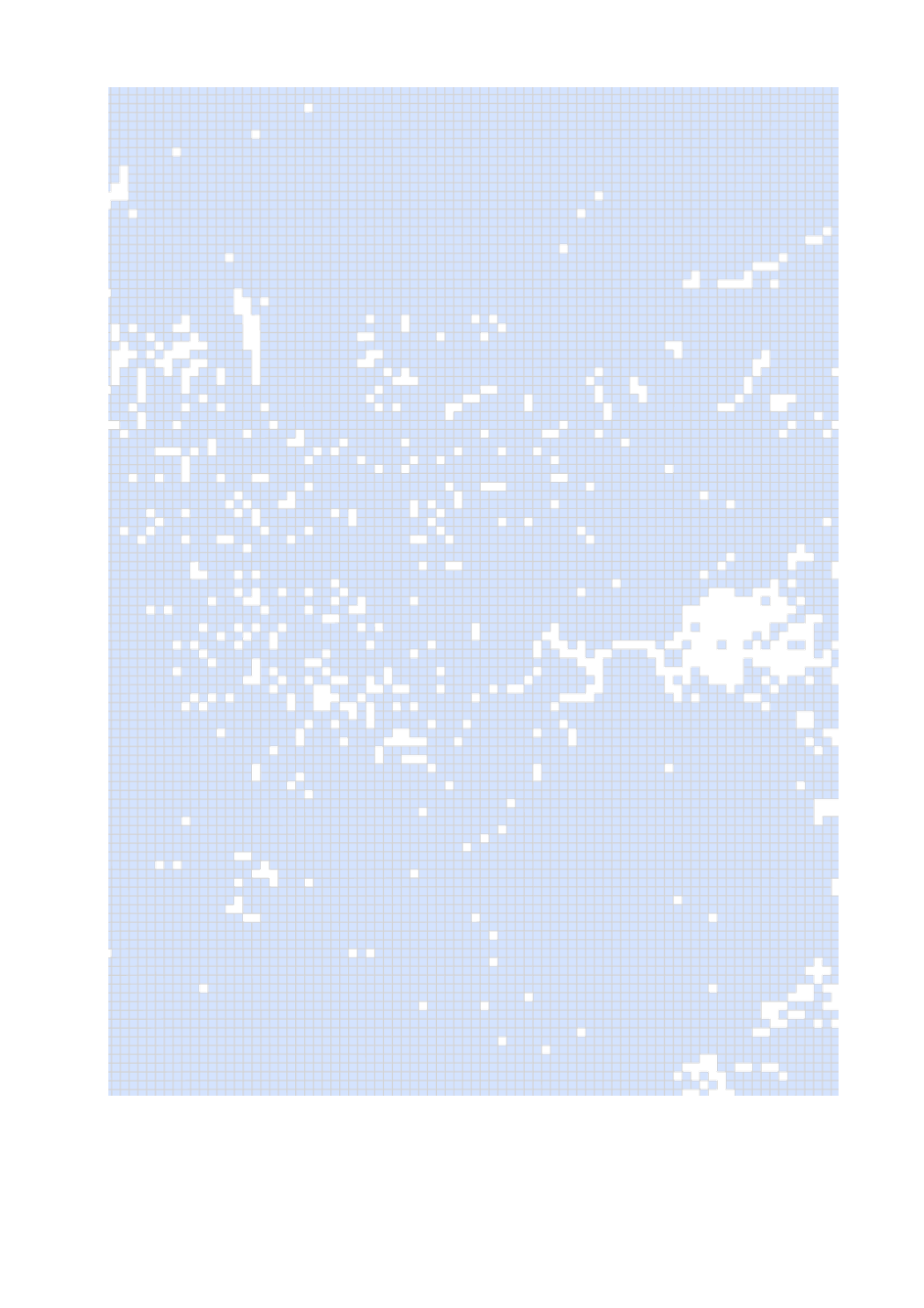
The ILR produces coverage maps of mobile networks for the different technologies from 2G to 5G. For the 4G technology of the mobile operator Proximus Luxembourg S.A., the different coverage maps for the qualities of service "satisfactory", "good" and "very good" per 100mx100m grid are documented. Network coverage maps in Luxembourg are produced in accordance with Article 26 of the law of 17 December 2021 on electronic communications networks and services. For more information, please see here [link to ILR website RGDR section].
-

The ILR produces coverage maps of mobile networks for the different technologies from 2G to 5G. For the 2G technology of the mobile operator Proximus Luxembourg S.A., the coverage map for the qualities of service "satisfactory" for voice and SMS vservices per 100mx100m grid is documented. Network coverage maps in Luxembourg are produced in accordance with Article 26 of the law of 17 December 2021 on electronic communications networks and services. For more information, please see here [link to ILR website RGDR section].
-

The ILR produces coverage maps of mobile networks for the different technologies from 2G to 5G. For the 2G technology of the mobile operator Orange Luxembourg S.A., the coverage map for the qualities of service "satisfactory" for voice and SMS vservices per 100mx100m grid is documented. Network coverage maps in Luxembourg are produced in accordance with Article 26 of the law of 17 December 2021 on electronic communications networks and services. For more information, please see here [link to ILR website RGDR section].
-
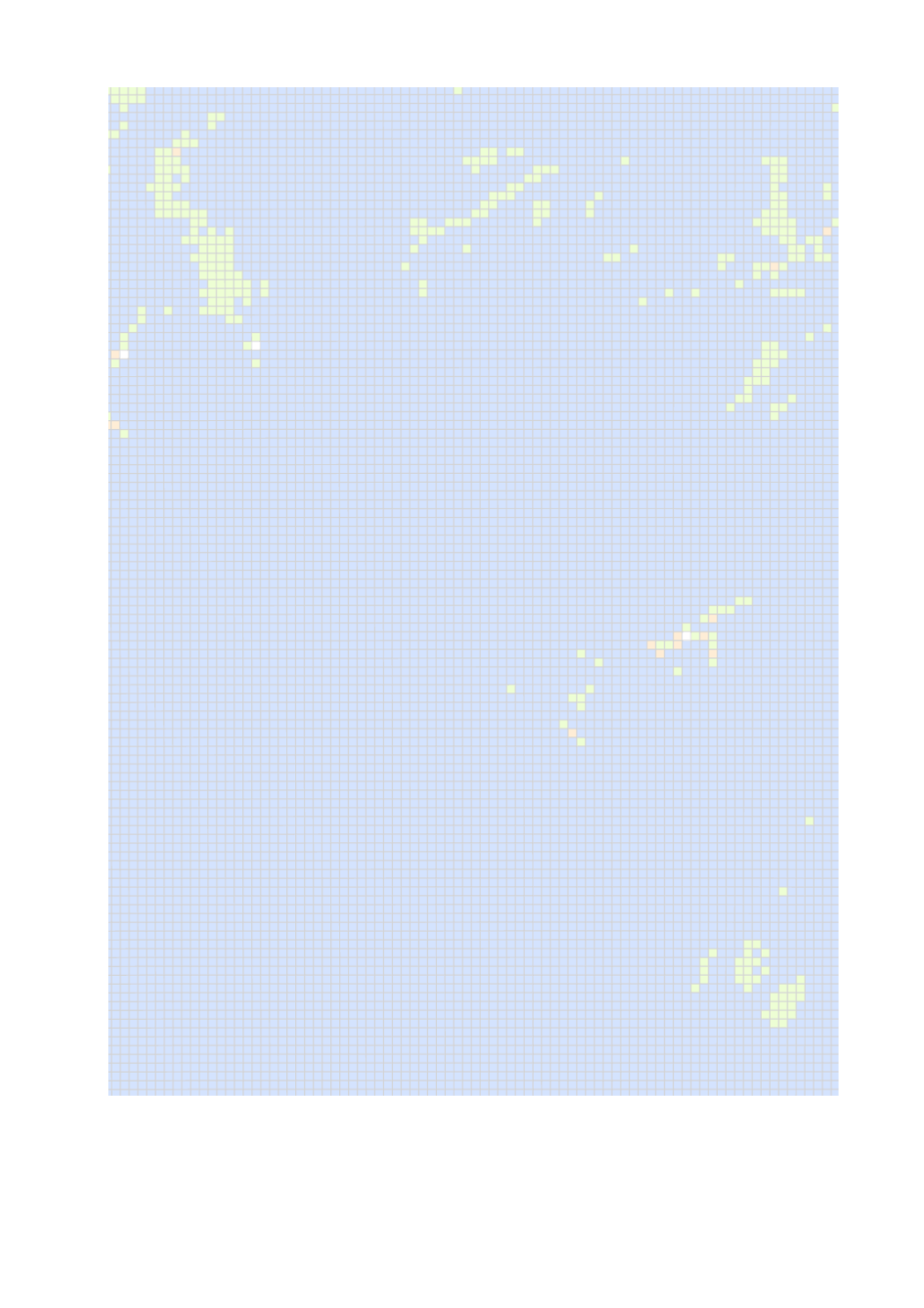
The ILR produces mobile network coverage maps for the different technologies from 2G to 5G. For the 4G technology the maximum speed per 100mx100m grid is documented as well as the mobile operators offering this maximum speed. The colours in the legend (see below) provide information about the maximum coverage/speed for the selected mobile operators with network per grid. Network coverage maps in Luxembourg are produced in accordance with Article 26 of the law of 17 December 2021 on electronic communications networks and services. For more information, please see here [link to ILR website RGDR section].
-

The ILR produces mobile network coverage maps for the different technologies from 2G to 5G. For the 3G technology, the coverage per 100mx100m grid is documented as well as the mobile operators offering this coverage . Network coverage maps in Luxembourg are produced in accordance with Article 26 of the law of 17 December 2021 on electronic communications networks and services. For more information, please see here [link to ILR website RGDR section.
 geocatalogue.geoportail.lu
geocatalogue.geoportail.lu